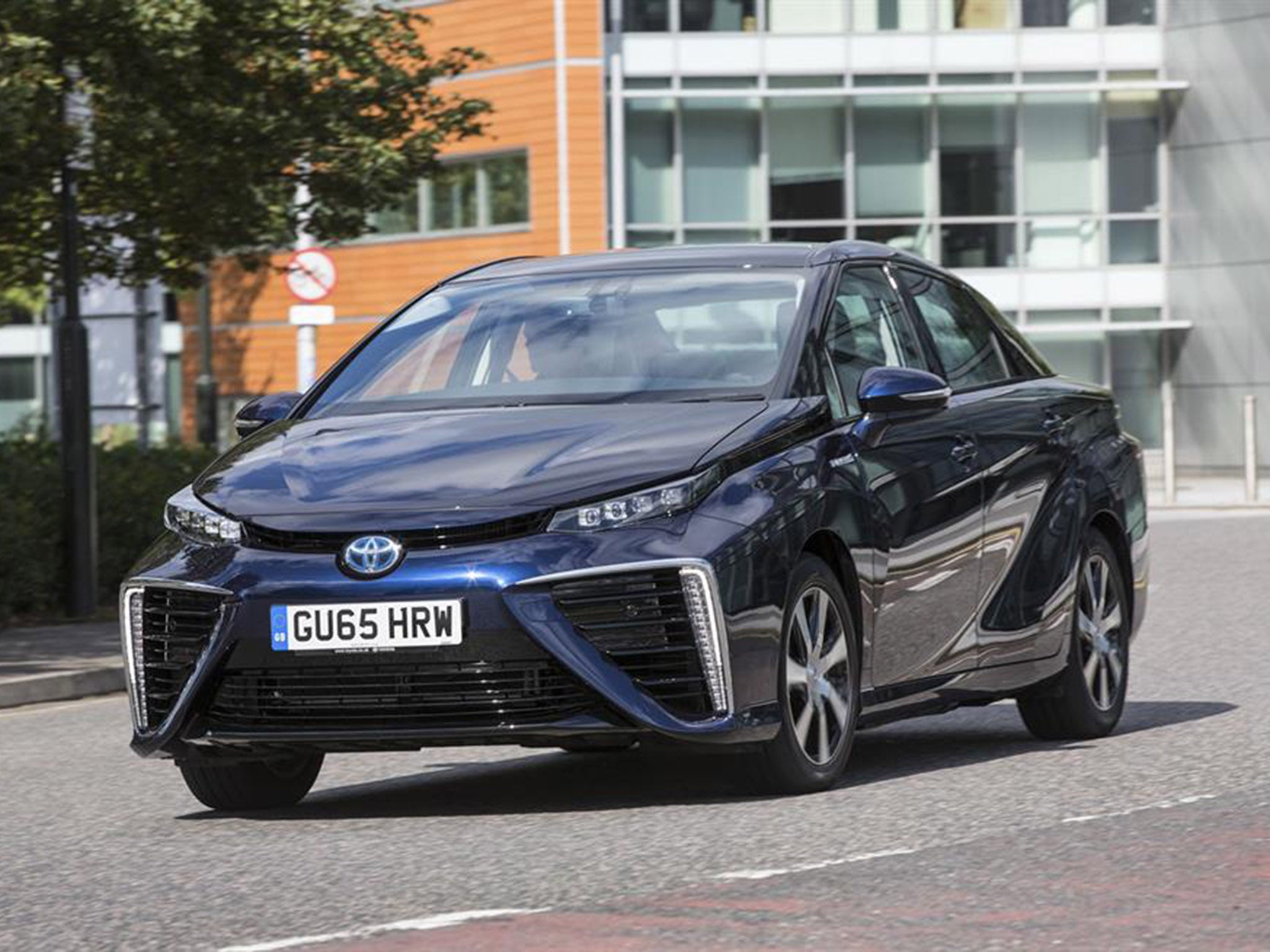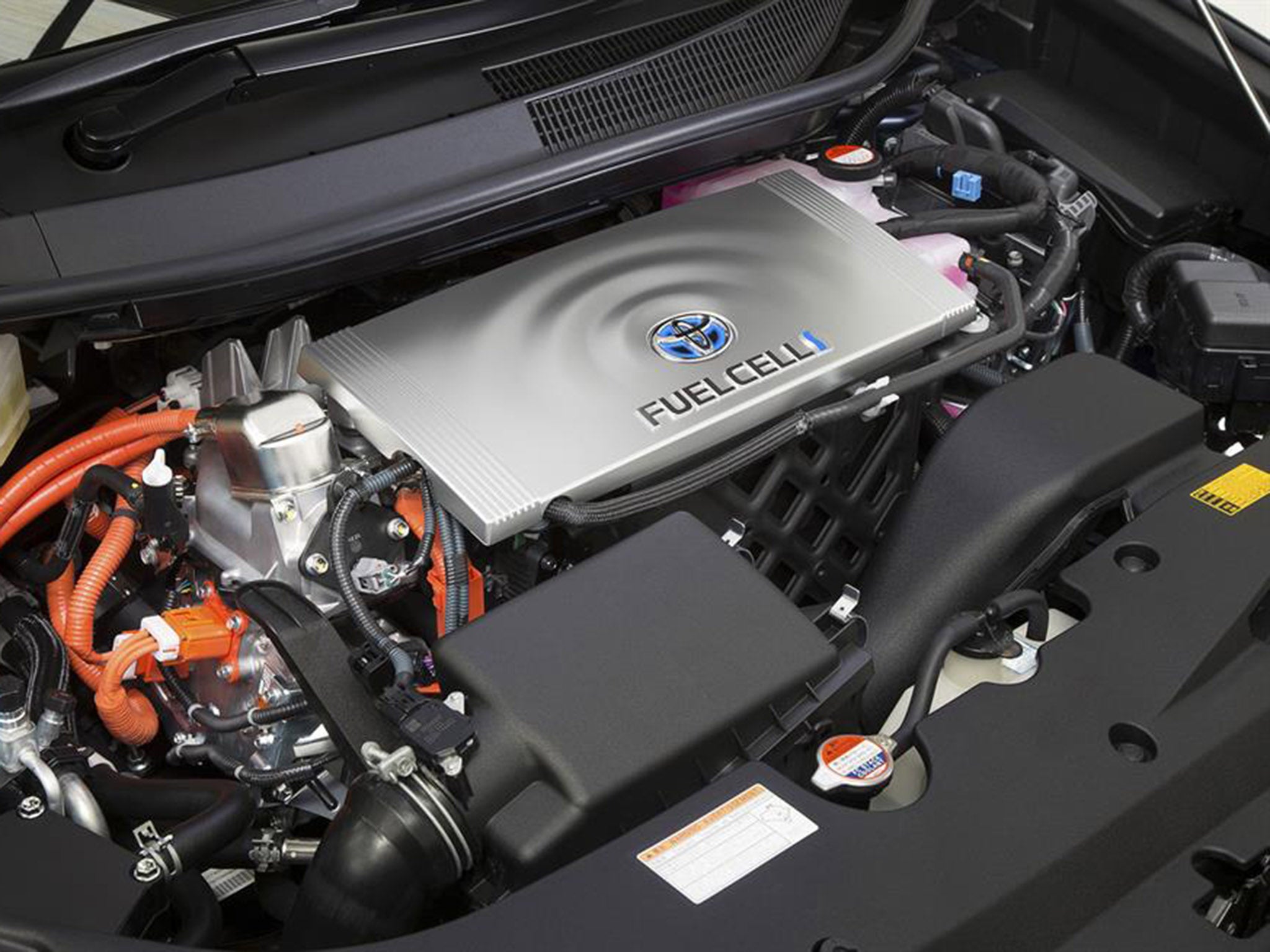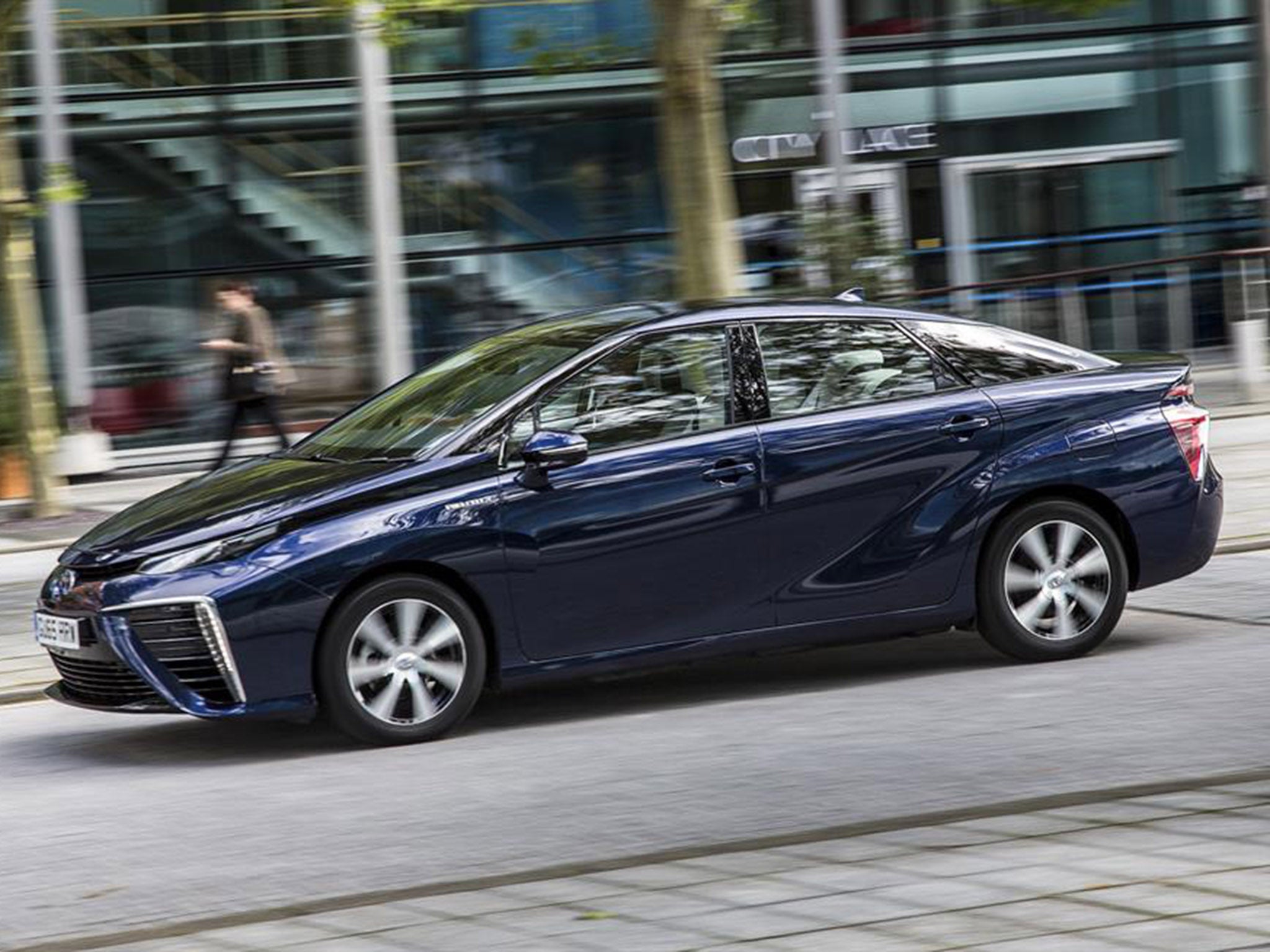2015 Toyota Mirai, car review: Japanese manufacturer introduces its first hydrogen car - but what’s it like?
The Mirai is no token eco-mobile - it has genuine viability

Your support helps us to tell the story
From reproductive rights to climate change to Big Tech, The Independent is on the ground when the story is developing. Whether it's investigating the financials of Elon Musk's pro-Trump PAC or producing our latest documentary, 'The A Word', which shines a light on the American women fighting for reproductive rights, we know how important it is to parse out the facts from the messaging.
At such a critical moment in US history, we need reporters on the ground. Your donation allows us to keep sending journalists to speak to both sides of the story.
The Independent is trusted by Americans across the entire political spectrum. And unlike many other quality news outlets, we choose not to lock Americans out of our reporting and analysis with paywalls. We believe quality journalism should be available to everyone, paid for by those who can afford it.
Your support makes all the difference.The Mirai is not the first mass-market hydrogen-powered car to be released in the UK – that accolade goes to Hyundai’s ix35 Fuel Cell. The hi-tech Toyota is the second such machine to be put on the purchase, rather than lease, market though, and that’s an achievement not to be sniffed at.
However, while this quirkily styled saloon may be classed as full-production, it seems Toyota is going in with a softly-softly approach. It will build only 700 examples initially and, of those, Britain will get a dozen or so – rising to 18 next year if enough people are willing to part with the necessary £66,000 in return for ultra-low-emissions motoring, a 24/7 concierge ‘Companion Service’, a claimed 400-mile range plus a five-year warranty and roadside-assistance package.

So, how is hydrogen power utilised here? In a nutshell, the Mirai’s fuel cell stack combines outside oxygen with hydrogen taken from its two on-board tanks to produce electricity, which it stores in a battery to power a single, 152bhp electric motor. This in turn drives the front wheels through a fixed-ratio transmission. The only waste product at the tailpipe is water.
Of course, it’s a little more complicated than we’ve made it sound – but the only bits the average driver needs to concern themselves with is filling the tank (once they’ve found somewhere to do so, but we’ll come to that in a moment) and making the most of the load area, which is somewhat restricted thanks to the extensive technical gubbins.

On the road, the Mirai – the word means ‘future’ in Japanese – is a calm, refined, almost silent runner with impressively muscular and easily accessed performance. Its acceleration is similar to an EV’s – all there, right from the off – which will be a particular boon around town. When pressing on, its low-mounted mass results in unexpectedly good ride and handling, too. All in all, it’s a surprisingly normal car to drive.
Inside the smart, leather-trimmed cabin, the hydrogen equipment doesn’t encroach on space – unlike in the 361-litre boot – which leaves lots of passenger room, particularly in the rear thanks to the long wheelbase.
The radical Mirai is not a cheap machine, and Toyota doesn’t expect the newcomer to be snapping at the heels of its alternative-fuel, um, alternative – the popular Prius hybrid, which markets for around half the price – just yet. With only a handful of fuelling stations in the UK at present, the somewhat sparse hydrogen infrastructure needs to be worked on before such aspirations can become a reality.
But the Mirai’s impressive drive and performance, cabin practicality and genuine green credentials mean this ground-breaking Toyota is no token eco-mobile. It has genuine viability; welcome to the future.
Toyota Mirai
Engine size: n/a
Price from: £66,000
Power: 152bhp
Torque: 208lb ft
0-62mph: 9.6 seconds
Top speed: 111mph
Range: 400 miles
CO2: n/a
Join our commenting forum
Join thought-provoking conversations, follow other Independent readers and see their replies
Comments